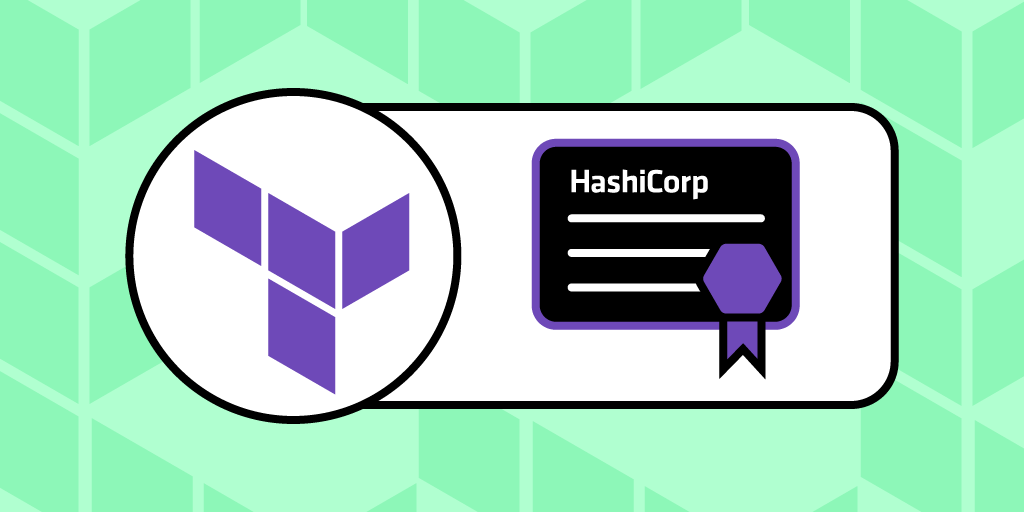Provisioning and Remote Execution with Terraform
 Nehal Ingole
Nehal Ingole
Introduction
Provisioning refers to the process of creating and configuring infrastructure resources based on the Terraform configuration files. These files, written in HashiCorp Configuration Language (HCL), define the desired state of your infrastructure, including resources like virtual machines, networks, storage, and more.
Terraform interacts with cloud providers' APIs to translate the configurations into actual infrastructure elements. This automation eliminates manual configuration errors and ensures consistency across deployments.
Key Concepts in Terraform Provisioning
Terraform Resources: The building blocks of infrastructure configurations, representing cloud resources like
aws_instancefor EC2 instances orgcp_compute_instancefor Google Compute Engine VMs.Providers: Define how Terraform interacts with specific cloud providers. Terraform offers built-in providers for AWS, GCP, and many other platforms.
Terraform Apply: The command used to execute the Terraform configuration and provision the infrastructure resources as defined in the code.
Example: Provisioning an AWS EC2 Instance with Terraform
# Configure AWS provider
provider "aws" {
region = "us-east-1"
}
# Define an EC2 instance resource
resource "aws_instance" "web_server" {
ami = "ami-0e472e2775b7b024b"
instance_type = "t2.micro"
tags = {
Name = "Web Server Instance"
}
}
In this example, the Terraform configuration defines an EC2 instance resource with specific configuration parameters. Running terraform apply will provision this instance on AWS.
Remote Execution with Terraform
Remote execution (remote-exec) is a powerful feature in Terraform that allows you to execute commands on provisioned resources after they've been created. This enables further configuration or customization of the infrastructure post-provisioning.
Use Cases for Remote-Exec
Installing and configuring software packages on provisioned VMs.
Setting up initial user accounts and access controls.
Executing custom scripts for post-deployment tasks.
Implementing Remote-Exec in Terraform
Terraform's null_resource provisioner can be used to achieve remote execution. Here's the basic structure:
resource "null_resource" "remote_exec" {
provisioner "local-exec" {
command = "ssh user@<instance_public_ip> <remote_command>"
}
}
This configuration defines a null_resource with a local-exec provisioner. The command attribute specifies the SSH command to execute on the provisioned instance, including the username, IP address, and the actual remote command to run.
Example: Running a Script on a GCP VM with Terraform
resource "null_resource" "post_install_script" {
provisioner "local-exec" {
command = "scp install_script.sh user@<instance_public_ip> && ssh user@<instance_public_ip> chmod +x install_script.sh && ssh user@<instance_public_ip> ./install_script.sh"
}
}
This example demonstrates copying a script (install_script.sh) to the GCP VM and then executing it remotely using scp and ssh.
Security Considerations for Remote-Exec
SSH Key Management: Utilize SSH key pairs for secure authentication to provisioned instances instead of passwords stored in the Terraform configuration.
Restrict User Permissions: Grant users executing remote commands minimal privileges to minimize security risks.
Leveraging Remote-Exec with AWS and GCP
Both AWS and GCP offer functionalities to enhance remote execution workflows in Terraform:
AWS: Utilize the
aws_session_managerresource to establish secure connections to EC2 instances for remote management.GCP: Terraform integrates with Google Cloud Shell for convenient remote access to GCP VMs.
Conclusion
Provisioning and remote execution (remote-exec) are fundamental features in Terraform that streamline infrastructure automation across cloud platforms like AWS and GCP. Provisioning ensures consistent and error-free infrastructure creation, while remote-exec empowers you to configure and customize resources after deployment.
By leveraging these functionalities, you can achieve:
Reduced Manual Work: Eliminate repetitive manual configuration tasks for infrastructure management.
Improved Consistency: Ensure consistent infrastructure deployments across environments.
Enhanced Efficiency: Automate infrastructure provisioning and post-deployment configurations.
Scalability: Easily manage and scale your infrastructure as your needs evolve.
Terraform, with its provisioning and remote-exec capabilities, empowers you to manage your infrastructure in a more efficient and reliable way. Explore these features further to unlock the full potential of infrastructure as code for your AWS and GCP environments.
Connect with us:
Hashnode: https://hashnode.com/@Nehal71
Twitter : https://twitter.com/IngoleNehal
Subscribe to my newsletter
Read articles from Nehal Ingole directly inside your inbox. Subscribe to the newsletter, and don't miss out.
Written by

Nehal Ingole
Nehal Ingole
🚀 Greetings World! 🌐 Meet a dynamic Frontend Developer, UI/UX Designer, and avid explorer of Cloud & DevOps realms! Uncover the journey of a professional deeply passionate about crafting seamless user experiences, designing visually stunning interfaces, and navigating the cloud with a DevOps mindset. 🔧 Skills Snapshot: Frontend Mastery: HTML, CSS, and JavaScript expert, specializing in React, Angular, and Vue.js. Design Wizardry: Proficient in wireframing, prototyping, and Adobe Creative Suite and Figma for captivating designs. Cloud Maestro: Fluent in AWS, Azure, and Google Cloud Platform, adept at architecting scalable solutions. DevOps Guru: Skilled in Docker, Kubernetes, Jenkins, and Git, contributing to efficient development workflows. 🔗 Let's Connect: Open to collaborating on exciting projects and sharing industry insights, I invite connections for networking or discussions. Reach out for potential collaborations. 📧 Contact Me: GitHub: GitHub Profile Email: nehalingole2001@gmail.com Mobile: 7397966719 Figma: Figma Profile Twitter: Twitter Profile HashNode: HashNode Profile LinkedIn : LinkedIn Profile